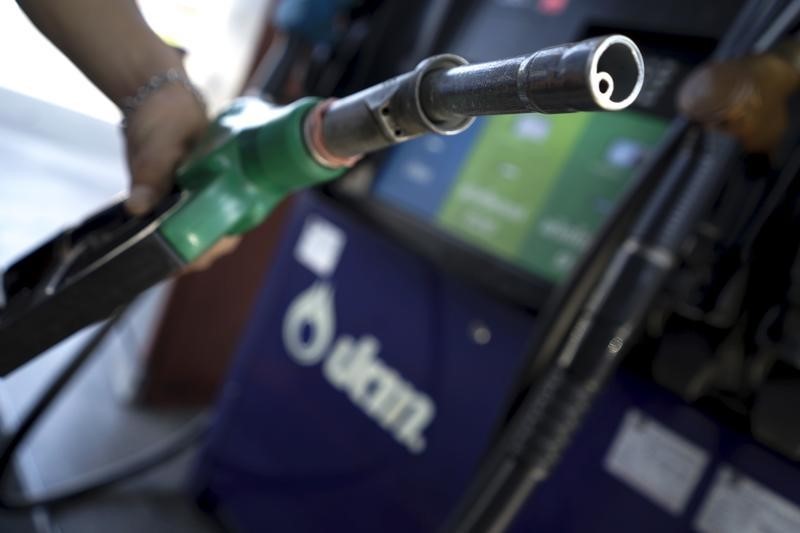By Barani Krishnan
Investing.com -- Oil prices rose for a second day in a row on Wednesday after data showed weekly consumption of fuels in the United States offset builds in crude.
A soaring dollar, which makes oil more expensive for non-holders of the U.S. currency, capped the market’s gains. China’s grappling with new coronavirus cases also clouded the economic outlook for the world’s biggest importer of crude.
Brent crude, the London-traded global benchmark for oil, settled up 33 cents, or 0.3%, at $105.32 a barrel.
On Tuesday, Brent rose 2.7% after declining 4% a day earlier, when it fell below the key $100-per-barrel support on worries over China’s Covid situation and the likelihood of the Federal Reserve doubling down on U.S. rate hikes in May.
West Texas Intermediate, or WTI, the New York-traded benchmark for U.S. crude, settled up 32 cents, or 0.3%, at $102.02 per barrel.
WTI rose 3.2% on Tuesday, after a 2% slide in the previous session that took the U.S. crude benchmark to a two-week low of $95.28.
“Chinese lockdowns have helped ease some of the upward pressure on crude prices in recent weeks which is offsetting the hit to Russian supply as a result of sanctions,” said Craig Erlam, analyst at online trading platform OANDA.
Despite that, a barrel remains above $100, noted Erlam. “It's hard to imagine the price falling significantly below, against the backdrop of such uncertainty and an inability of OPEC+ to hit targets,” he added.
OPEC+, led by the 13-member Saudi-controlled Organization of the Petroleum Exporting Countries and 10 other oil producers steered by Russia, has struggled since last year to fulfill its planned monthly hike of 400,000 per barrels day due to underinvestment in existing oil fields during the 2020 global Covid outbreak.
Wednesday’s gains in oil came as data from the Energy Information Administration showed U.S. crude stockpiles rising by just 692,000 barrels last week, versus analysts' expectations for a build of 2.0 million barrels.
U.S. fuel stockpiles also registered positive balances compared with analysts’ expectations.
Distillates inventories, which include diesel and heating oil, decreased by 1.449 million barrels in the week against expectations for a draw of 0.292 million barrels, the EIA data showed.
Gasoline stockpiles dropped by 1.573 million barrels last week, the EIA said, compared with expectations for a build of 0.808 million barrels.
